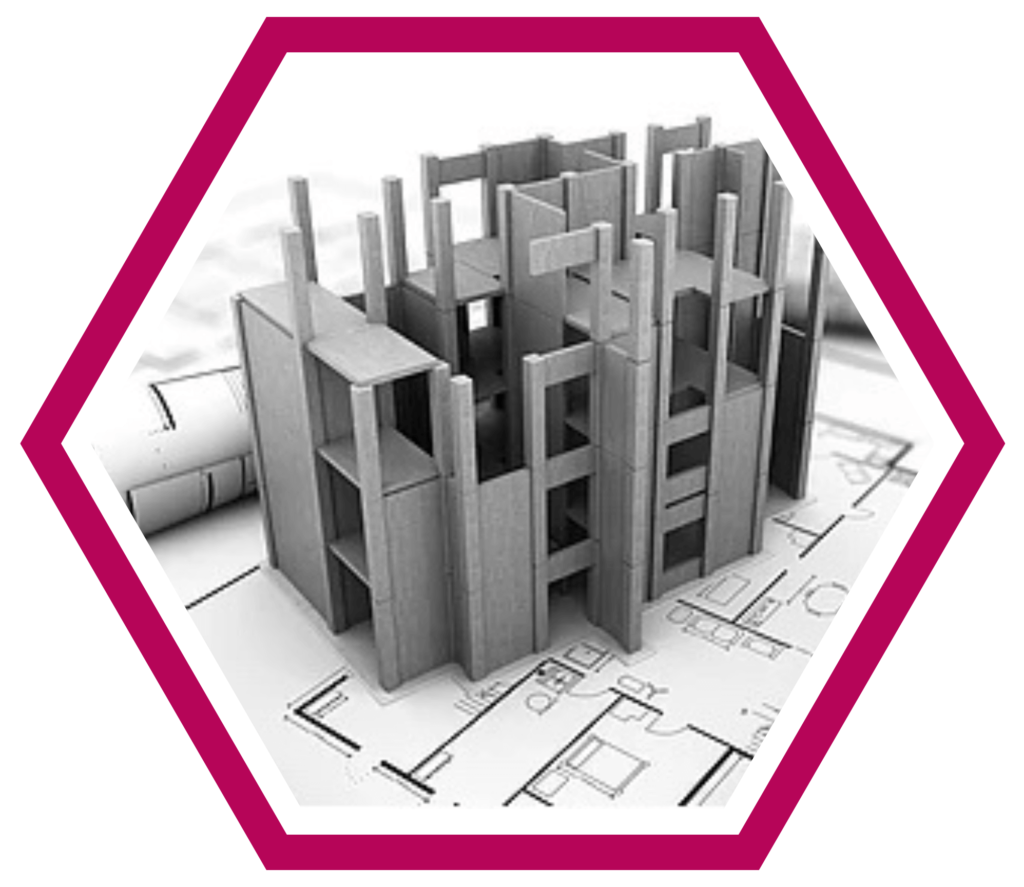Structural
Deciphering Home Construction Costs: Understanding Materials, Manpower, and Priorities
When embarking on a home construction costs or repair project, one question looms large:
How much it Home Construction Costs?
At the heart of this query lies a simple truth: the cost of Home Construction Costs building or repairing a home boils down to two key components—materials and manpower. However, delving deeper into the intricacies of construction reveals a nuanced interplay between these elements and the prioritization of essential aspects over secondary ones.
In the realm of construction, when you hire builders, you’re not just paying for their skills; you’re also covering their overhead costs, which encompass the expenses associated with employing other trades. These trades may involve specialized tasks that the primary builder may not be equipped to perform or may lack the necessary qualifications for. This multifaceted approach to construction underscores the importance of understanding the fundamental elements that drive Home Construction Costs and prioritize them accordingly.
Essentially, there are seven primary components that form the backbone of any property: Structural, Waterproofing, Insulation, Electrical, Fire Protection, Plumbing, and Drainage. These elements constitute the core infrastructure of a building and are crucial for its functionality, safety, and longevity. From ensuring structural integrity to safeguarding against water intrusion, each component plays a pivotal role in the overall integrity of the property.
When it comes to cost allocation, it’s essential to recognize that not all elements carry equal weight. Rather, they are prioritized based on their significance and impact on the property. Structural considerations take precedence as they form the framework upon which the rest of the building is constructed. Next in line is waterproofing, which protects the structure from moisture damage—a pervasive threat that can compromise its stability and durability. This strategic approach ensures that Home Construction Costs are directed towards essential aspects that safeguard the integrity of the property.

Insulation follows closely, contributing to energy efficiency and comfort within the home. Electrical systems, fire protection measures, plumbing, and drainage round out the list of essential components, each serving critical functions in ensuring the habitability and safety of the property.
Understanding the cost dynamics of construction begins with a thorough analysis of material expenses. By assessing the cost of materials and their quantities, one can gain insights into the manpower requirements for the project. Manpower costs are typically calculated based on productivity metrics, such as square meters or square feet installed per day or linear meters completed daily. This standardized approach to measuring manpower ensures consistency and transparency in cost estimation.


